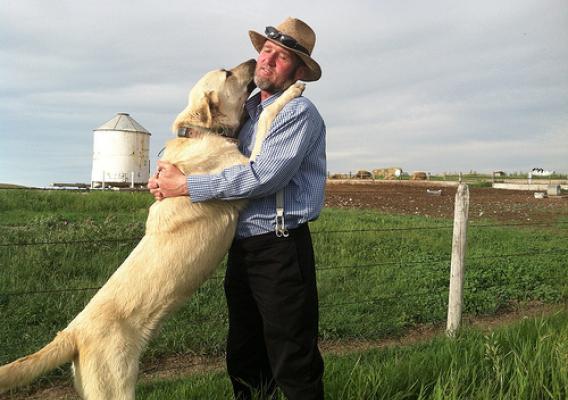Cross posted from Food Safety News:
For the past 15 years, USDA conducted a pilot project to inform how we modernize our inspection process – all to ensure that meat and poultry is safe to eat. Today, the U.S. Government Accountability Office (GAO), released a report on the project, known as the HACCP-Based Inspection Models Project (HIMP), and how FSIS has relied on it to propose a modernized approach to inspecting poultry.
While an initial scan of the press coverage may lead you to believe that GAO discredits this proposal, that is not the case. GAO gave HIMP a thorough review and made just two recommendations, both of which FSIS is already working to fulfill.
GAO chose not to include some facts that also deserve public disclosure. FSIS put forward this proposal because data shows that a system like HIMP will prevent at least 5,000 more foodborne illnesses annually. The study that FSIS has conducted of HIMP provides an appropriate basis on which to judge the merits of this system. Approximately 10 years ago, FSIS asked an independent group of experts in poultry microbiology, statistical evaluation, poultry food safety and public health to evaluate our study.







